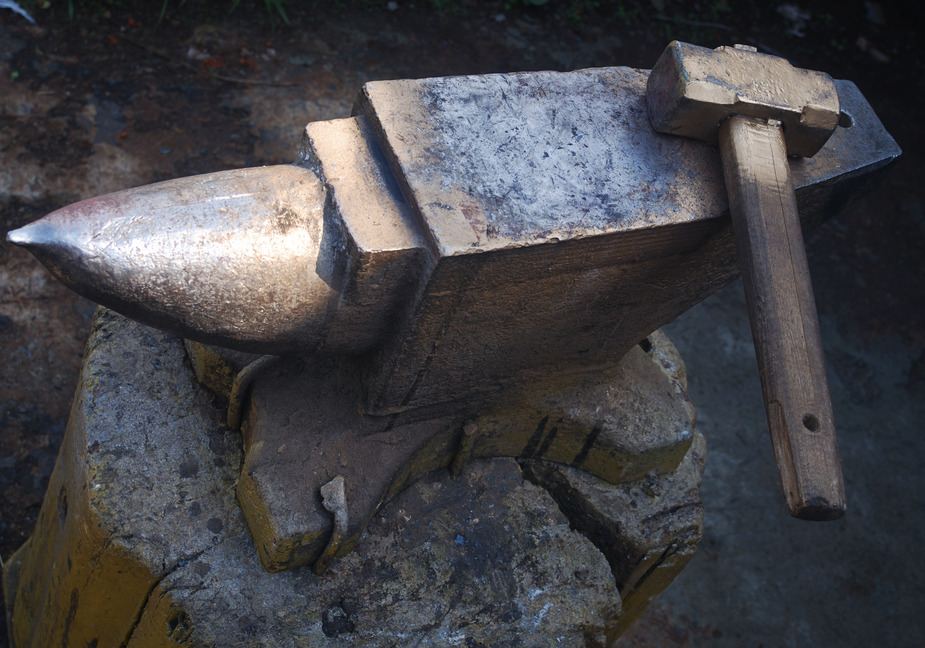

As the rest of Pompey's army were left confused, Caesar urged his men to end the day by routing the rest of Pompey's troops and capturing the Pompeian camp. He ordered the garrisoned auxiliaries to defend the camp as he escaped. Pompey lost the will to fight as he watched both cavalry and legions under his command break formation and flee from battle, and he retreated to his camp, leaving the rest of his troops at the centre and right flank to their own devices. Īfter routing Pompey's cavalry, Caesar threw in his last line of reserves. This broke Pompey's left wing troops, who fled the battlefield. Caesar then ordered in his third line, containing his most battle-hardened veterans, to attack. After failing to reform, the rest of the Pompey's cavalry retreated to the hills, leaving the left wing of Pompey's legions exposed to the hidden troops as Caesar's cavalry wheeled around their flank. Pompey's cavalry panicked and suffered hundreds of casualties, as Caesar's cavalry came about and charged after them. Caesar then revealed his hidden fourth line of infantry and surprised Pompey's cavalry charge Caesar's men were ordered to leap up and use their pila to thrust at Pompey's cavalry instead of throwing them. Caesar countered this by positioning the reserves of his 4th line to intercept the attacking cavalry.Īs Pompey's infantry fought, Labienus ordered the Pompeian cavalry on his left flank to attack Caesar's cavalry as expected they successfully pushed back Caesar's cavalry. As Caesar's men neared throwing distance, without orders, they stopped to rest and regroup before continuing the charge Pompey's right and centre line held as the two armies collided. Seeing that Pompey's army was not advancing, Caesar's infantry under Mark Antony and Gnaeus Domitius Calvinus started the advance. Also, stationary troops were expected to be able to defend better against pila throws.

Īs the infantry of Caesar advanced, Pompey ordered his men not to charge, but to wait until Caesar's legions came into close quarters Pompey's adviser Gaius Triarius believed that Caesar's infantry would be fatigued and fall into disorder if they were forced to cover twice the expected distance of a battle march. There was significant distance between the two armies, according to Caesar. Caesar countered this by ambushing Pompey's "anvil" element Pompey's infantry was to be the anvil while his cavalry 'hammer' encircled Caesar's left flank. In 48 BC, Pompey the Great attempted to use it against Julius Caesar at the Battle of Pharsalus, in what was to be the decisive battle of the Great Roman Civil War.

Pompey attempted to use his right flank cavalry as an hammer stroke while his heavy infantry held Caesar's legions fast in the center In all scenarios, both the hammer and anvil elements are substantial entities that can cause significant material damage to opponents, as opposed to light diversionary, or small scale holding units. Other variants of the concept allow for an enemy to be held fast by a substantial blocking or holding force, while a strong echelon, or hammer, delivers the decisive blow. The "hammer" or maneuver element succeeds because the anvil force materially or substantially weakens the enemy, preventing him from adjusting to the threat in his flank or rear. The "anvil" echelon here is not a mere diversionary gambit, but a substantial body that hits the enemy hard to pin him down and grind away his strength. The strongest expression of the concept is where both echelons are sufficient in themselves to strike a decisive blow. The "hammer and anvil" tactic is fundamentally a single envelopment, and is to be distinguished from a simple encirclement where one group simply keeps an enemy occupied, while a flanking force delivers the coup de grace. The second phase involves a more mobile force that maneuvers around the enemy and attacks from behind or the flank to deliver a decisive blow. It may involve a frontal assault by one part of the force, playing a slower-moving or more static role. The hammer and anvil is a military tactic involving the use of two primary forces, one to pin down an enemy, and the other to smash or defeat the opponent with an encirclement maneuver. For other uses, see Hammer and Anvil (disambiguation).


 0 kommentar(er)
0 kommentar(er)
